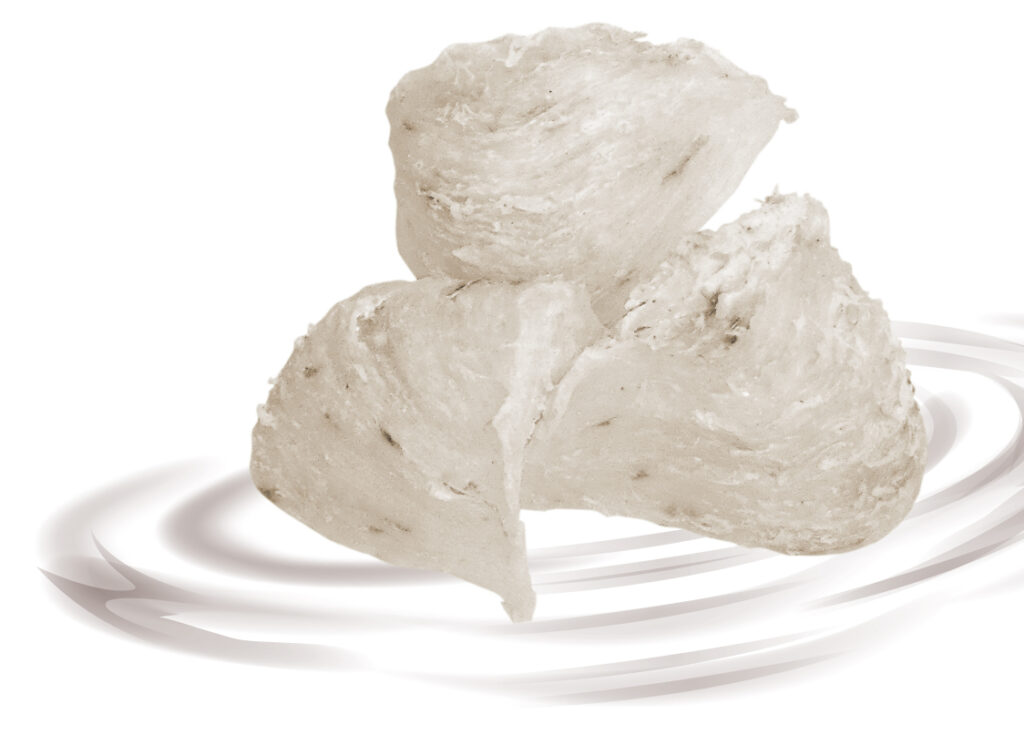News
Answering Questions: Is It True That The Whiter The Bird’s Nest Is, The Better It Is?
**Is It True That The Whiter The Bird’s Nest Is, The Better It Is?**
Bird’s nest, often referred to as the “Caviar of the East,” is a highly sought-after delicacy in many parts of Asia, particularly in Chinese culture. Made from the saliva of the swiftlet bird, it is considered a luxurious food with numerous health benefits. Over the years, bird’s nests have gained popularity worldwide, and with this increased demand comes a variety of myths and misconceptions. One of the most persistent myths is that the whiter a bird’s nest appears, the higher its quality and value. But is this really true? In this comprehensive analysis, we will explore the factors that contribute to the color of bird’s nests, whether whiteness truly equates to quality, and what consumers should be aware of when purchasing this delicacy.
### 1. Understanding Bird’s Nests: What Are They?
Bird’s nests are created by a specific type of swiftlet bird, predominantly found in Southeast Asian countries like Malaysia, Indonesia, Thailand, and Vietnam. Unlike typical bird nests made of twigs and leaves, these nests are constructed entirely from the bird’s hardened saliva, which solidifies upon exposure to air. The nests are harvested for their purported health benefits, which include boosting the immune system, promoting skin health, improving digestion, and enhancing overall vitality.
### 2. What Determines the Color of a Bird’s Nest?
Contrary to popular belief, bird’s nests do not come in a single uniform color. Instead, they can range from white to yellow, red, and even brown. The natural color of a bird’s nest is influenced by several factors:
– **Diet of the Swiftlet**: The food consumed by swiftlets can impact the color of their saliva, and subsequently, the nests they build. For instance, nests built by birds that consume certain types of insects or algae may appear more yellowish or even reddish.
– **Environmental Conditions**: The cave or house environment where the birds nest can affect the color. For example, nests exposed to high humidity or certain minerals in caves may take on a darker or more yellowish hue.
– **Oxidation Process**: Over time, bird’s nests can oxidize, leading to a change in color. Older nests may appear darker due to prolonged exposure to air.
– **Harvesting Time**: The color can also vary depending on the maturity of the nest when it is harvested. Nests harvested earlier are often whiter, while those left for a longer period may develop a deeper hue.
### 3. Debunking the Myth: Does Whiteness Indicate Quality?
There is a common belief that the whiter a bird’s nest is, the higher its quality. However, this is not necessarily true. In fact, in many cases, artificially whitening bird’s nests has become a widespread practice in the industry. Here are some reasons why the color may not always be an accurate indicator of quality:
– **Bleaching**: Unscrupulous suppliers may bleach bird’s nests to make them appear whiter, as consumers are often willing to pay a premium for “pure white” nests. This process, however, can compromise the nutritional value and safety of the product. The chemicals used in bleaching can be harmful if ingested.
– **Artificial Whitening Agents**: Some suppliers use hydrogen peroxide or other chemical agents to whiten nests. This not only strips the nests of their natural nutrients but also poses health risks to consumers.
– **Nutrient Content**: The color of a bird’s nest has little to do with its nutritional content. Yellow or red nests, for instance, can be just as nutritious, if not more so, than their white counterparts. The color variation is natural and is often an indication of the environment or the aging process, rather than quality.
– **Authenticity**: Whiter nests are often targeted by counterfeiters who may use synthetic materials to mimic the appearance of genuine bird’s nests. As such, buying solely based on color increases the risk of purchasing fake or adulterated products.
### 4. The Real Indicators of Quality Bird’s Nests
Instead of focusing on the color, consumers should consider other, more reliable indicators of quality:
– **Purity**: High-quality bird’s nests should contain minimal impurities. They should be free from feathers, dirt, and other contaminants. Authentic nests will have a slightly translucent appearance, regardless of their color.
– **Texture and Shape**: Genuine bird’s nests are firm but slightly elastic when soaked in water. The nest fibers should be visible, and they should not disintegrate easily. High-quality nests are usually thicker and have a more defined structure.
– **Scent**: A good-quality bird’s nest should have a subtle, natural aroma reminiscent of the ocean. If the nest has a strong chemical or artificial smell, it may have been treated with bleaching agents or preservatives.
– **Origin and Source**: Reputable suppliers will often indicate the source of their bird’s nests. Nests harvested from controlled environments, such as bird houses, are typically cleaner and safer than those taken from caves, which may be exposed to more contaminants.
### 5. The Impact of Color on Price and Consumer Perception
Despite the lack of scientific evidence supporting the idea that whiter nests are better, consumer perception remains a driving factor in the bird’s nest market. Whiter nests are often priced higher due to the belief that they are of superior quality. This misconception has led to unethical practices, including the use of bleaching agents and artificial dyes to manipulate the color of the nests.
Educating consumers on what truly constitutes a high-quality bird’s nest is crucial in shifting the focus away from color. By understanding that the natural variations in color do not affect the nutritional value, buyers can make more informed decisions and avoid falling victim to marketing tactics.
### 6. How to Choose the Best Bird’s Nest
When purchasing bird’s nests, consider the following tips to ensure you get a high-quality product:
– **Buy from Reputable Suppliers**: Ensure that the supplier has a good reputation and transparency in their sourcing and processing methods.
– **Check for Certifications**: Look for certifications indicating that the product has been tested for safety and authenticity.
– **Avoid Nests That Are Too White**: If a bird’s nest appears unnaturally white, it may have been bleached. Opt for nests that have a natural, slightly off-white or yellowish hue.
– **Inspect the Packaging**: The packaging should clearly state the ingredients, processing methods, and origin of the product. Avoid products with vague descriptions.
### 7. Conclusion: Embracing Natural Variations
In conclusion, the belief that whiter bird’s nests are superior is a misconception driven by market demand and consumer preference. The color of a bird’s nest is influenced by a variety of natural factors, none of which directly correlate with its nutritional value. Instead of focusing on color, consumers should prioritize factors like purity, texture, and source when choosing a bird’s nest.
By understanding the truth behind the myths, consumers can make informed decisions and avoid being misled by marketing gimmicks. In the world of bird’s nests, natural variations should be embraced rather than viewed as flaws. Whether white, yellow, or red, each bird’s nest has its own unique set of benefits, contributing to the rich diversity of this traditional delicacy.
Ultimately, the key to enjoying the benefits of bird’s nest lies in choosing a high-quality, authentic product from a reputable source, rather than being swayed by superficial attributes like color.

